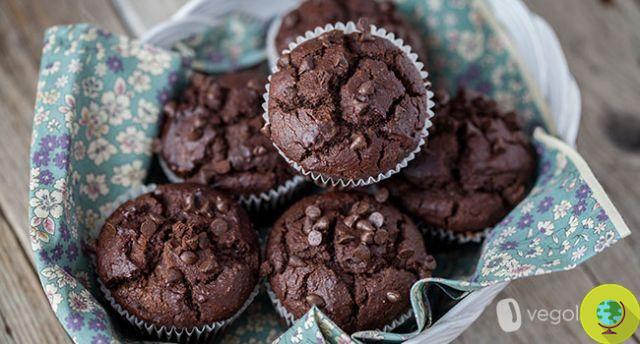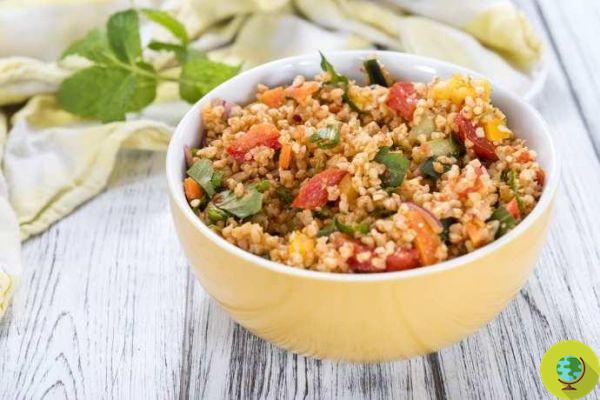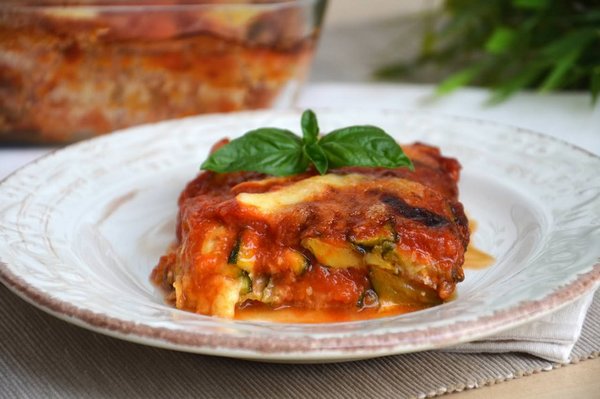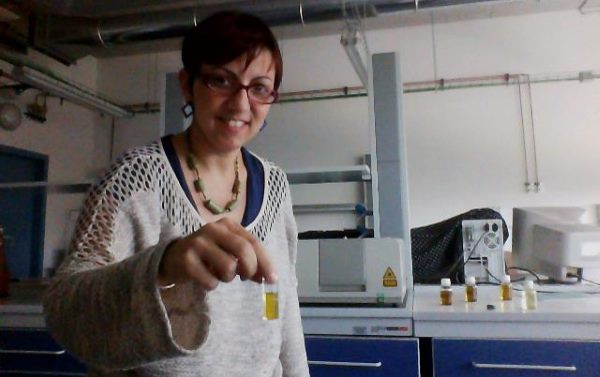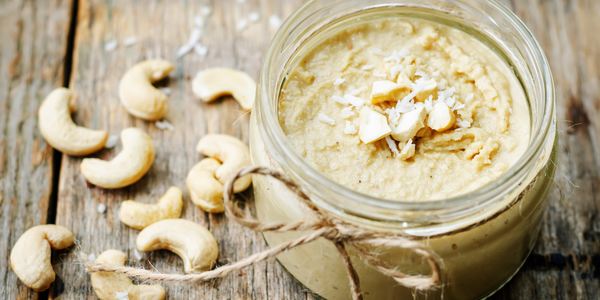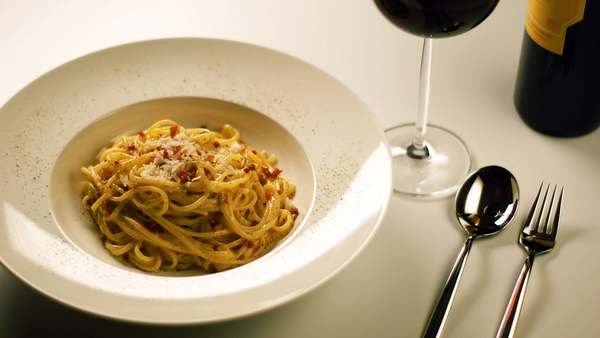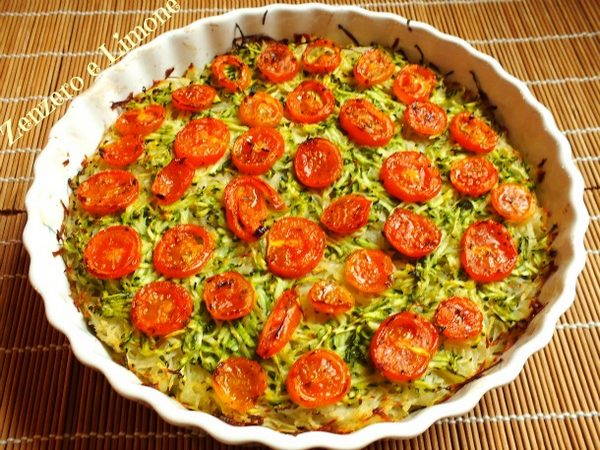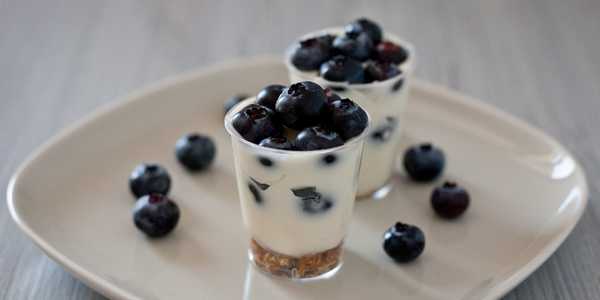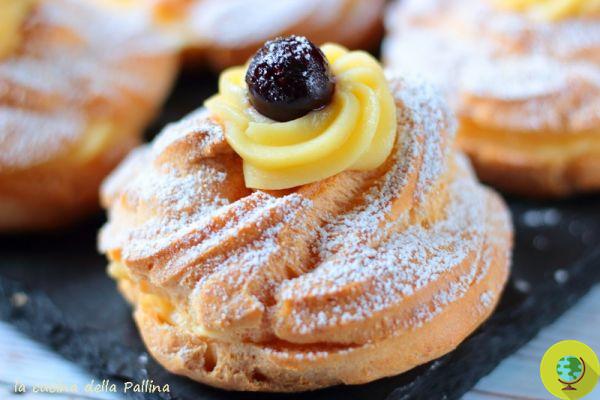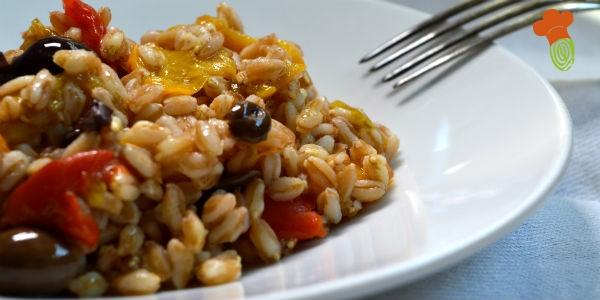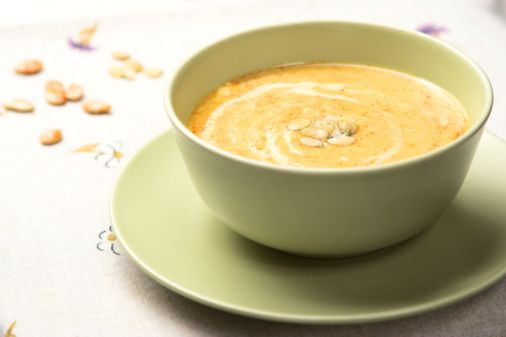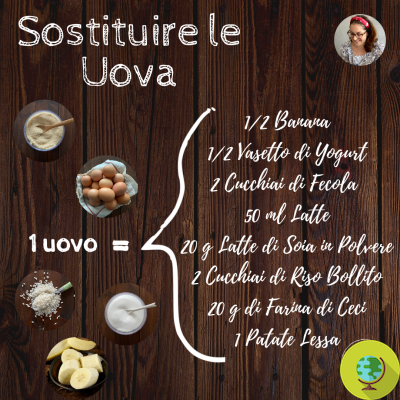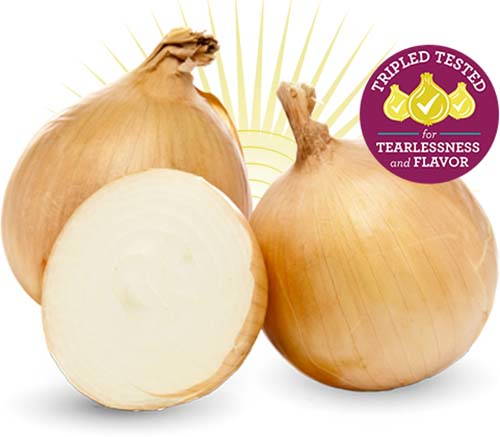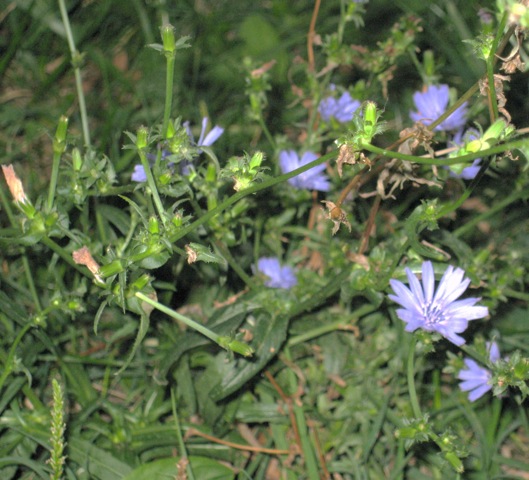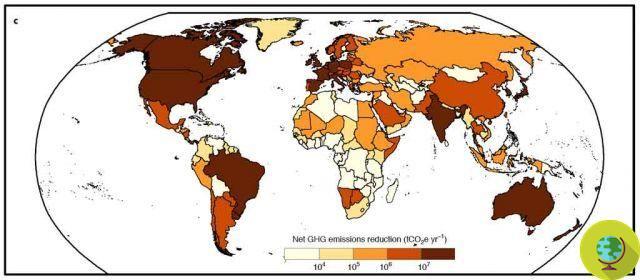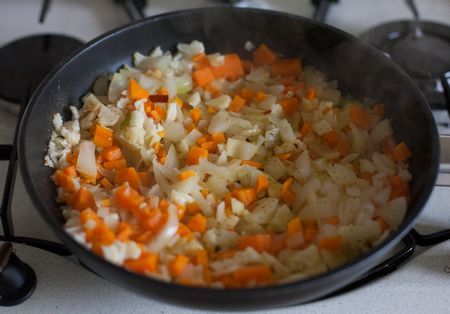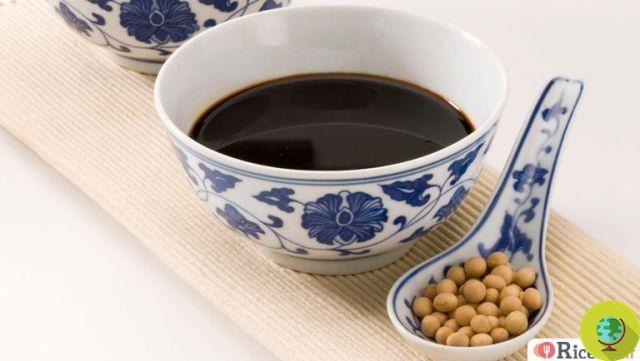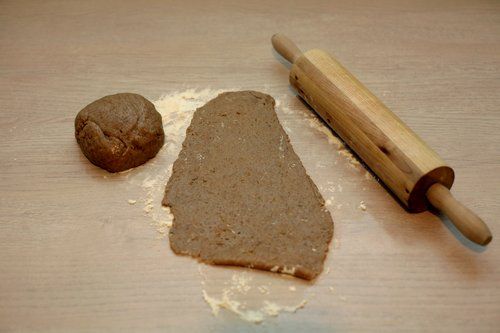
Karkadè is an infusion prepared with hibiscus flowers. Sometimes it is also called red tea, but it should not be confused with rooibos, which is obtained from the infusion of the leaves of the homonymous plant, belonging to the legume family.
Don't store avocado like this: it's dangerous
Il karkadè it's a brew prepared with i hibiscus flowers. It is also sometimes called red tea, but it should not be confused with rooibos, which is obtained from the infusion of the leaves of the homonymous plant, belonging to the legume family.
Karkadè is also known as Abyssinian tea, hibiscus tea or simply as infusion of hibiscus. The hibiscus flowers (Hibiscus sabdariffa) are dried in order to allow the preparation of the infusion. The karkadè infusion has an intense red color as it is rich in anthocyanins and natural pigments. It also contains tannins and flavonoids, ascorbic acid and phytosterols.
Index
Benefits of karkadè
The karkadè is considered useful as antiseptic of the urinary tract. It is an ally of circulation and helps protect blood vessels. It contributes to the elimination of metabolic waste. It stimulates the activity of the kidneys and regulates the organs responsible for digestion. The laxative properties of karkadè are associated with the presence of mucilages that help expel unwanted substances from the intestine.
Ipertensione
La science today has not yet investigated enough beneficial properties of karkadè, which were already well known to the populations of the past. For this reason, we do not have a large amount of research available on this subject. In any case, from a study conducted at Tufts University in Medford emerged and drink 3 cups of karkadè per day helps reduce blood pressure. According to experts, taking karkadè can be useful in the prevention ofhypertension or in the case of mild and tolerable hypertension. They also recall that hypertension is a major risk factor for cardiovascular disease. What we choose to eat or drink can have a positive or negative impact on our health. If you suffer from hypertension and want to start taking karkadè, inform your doctor.
Digestion
THEinfusion of karkadè ha digestive properties. It facilitates digestion and helps the body eliminate toxins. Its intake is recommended in case of constipation. Drinking a cup of karkadè after meals can make the digestive capacity of our body easier. Karkadè also has diuretic properties.
Antibacterial properties
It seems that the aqueous extracts of hibiscus have a slight antibacterial effect. Some laboratory studies would have shown that the hibiscus extract could be effective as a dewormer and to fight bacteria. But at the moment there would be insufficient clinical data which scientifically confirm the antibacterial or vermifuge properties of hibiscus and its extracts.
Traditional and herbal uses
The hibiscus flowers were long used in Africa and tropical countries for the preparation of natural treatments and perfumes. Aromatic bags can be made with hibiscus flowers to be placed in wardrobes and drawers. In Nigeria, hibiscus has been used for the treatment of constipation since ancient times. In Egypt, drink and hibiscus flowers were used for treatment of heart problems and nervous. In Iran, using karkadè in case of hypertension is a very popular practice. It can also be used to preparehenna.
Sensitive skin
Karkadè is not only used as a drink, for internal use, but also as a pack for sensitive skin, therefore for external use. In particular, the infusion of karkadè is considered useful for taking care of skin that is reddened or irritated by the sun. It has a calming, anti-reddening and soothing effect. You could try to prepare compresses with gauze soaked in the infusion of cold karkadè.
How to prepare and taste karkadè
The karkadè is preparing like a normal tea or herbal tea for infusion. For each 250 ml cup of boiling water, use a sachet of infusion or two teaspoons of dried karkadè. Pour the karkadè into the cup. Then you can let it rest for five to ten minutes, filter or discard the sachet and sweeten to taste.
The infusion of karkadè it is good both hot and cold. This drink has a slightly sour taste. Sometimes it is sweetened with honey. In some cases you may find flavored karkadè on sale, for example with citrus, cinnamon or vanilla. To taste the karkadè as a cold drink, you can let it cool to room temperature and then transfer it to a jug to which you can add ice cubes and, if you want, a little lemon juice. They can also be found for sale mixed herbal teas in which hibiscus flowers (karkadè) are combined with mallow, chamomile, dog rose or other medicinal plants. The karkadè is used in the kitchen to prepare special dishes such as i risotto and Aspic Fruit.
Controindicazioni
No serious contraindications have been highlighted regarding the intake of karkadè. Given the anti-hypertensive effect, taking karkadè may not be suitable for those suffering from low pressure. The karkadè can have a slight laxative effect, therefore it is recommended not to consume it in excessive quantities. Normal consumption can range from one to three cups per day. Caution also during pregnancy and breastfeeding.
Marta Albè
Read also:
Rooibos: history, properties and all the benefits
Hypertension? Treat it with karkadè herbal teas





